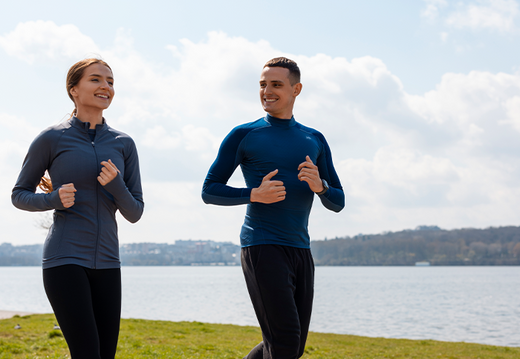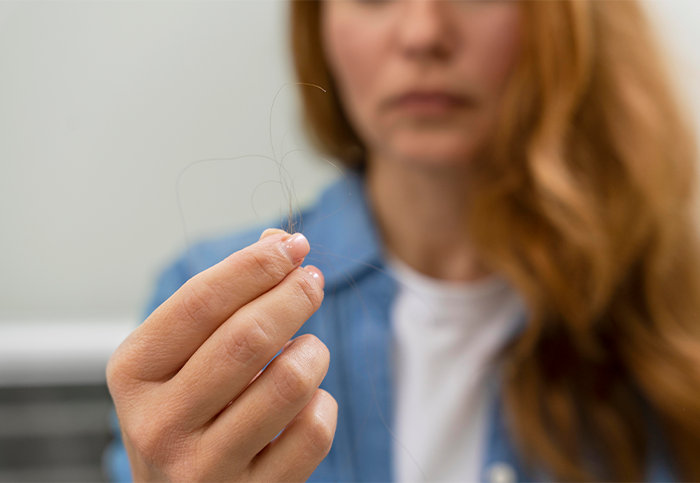The Anaemia Around You
Iron deficiency often flies under the radar, silently affecting the lives of millions, especially women. Once you start to recognize its subtle signs, it’s hard not to see its impact everywhere. Take, for example, the way a mother might struggle to climb the stairs, pausing to catch her breath and complain of dizziness. Or the frequent trips to the clinic made by an older sister, seeking intravenous iron infusions to meet the increased iron demands of pregnancy. It’s in the cold hands and feet of a friend, even on the hottest days, and in the pale palm of a student when she offers a casual high-five.
What’s even more alarming is that this isn’t just an isolated observation—it’s a widespread issue. Women everywhere are grappling with the silent burden of iron deficiency anaemia, a condition that’s alarmingly common across Pakistan. Yet, despite its prevalence, many women endure these effects in silence, unaware of the toll it’s taking on their health, their energy, and even their quality of life.
According to National Nutrition Survey 2018, 18.2% of non-pregnant women aged between 15 to 49 years old suffer from iron-deficiency anaemia.
Anaemia is a condition in which the body lacks sufficient red blood cells or haemoglobin. The most common type of anaemia is iron-deficiency anaemia, which occurs when there is not enough iron to produce adequate red blood cells or haemoglobin. The characteristic symptoms of anaemia—such as pale skin, dizziness, and breathlessness—are stealthy enough to go unrecognized. More often than not, they are brushed off with a simple statement like, "I'm just tired," making the condition a silent, ongoing inconvenience.
Quick fixes associated with iron deficiency travel more quickly than rumours. While your neighbourhood auntie Rukhsana swears that date fruit can make your iron deficiency go away in a wink, and the WhatsApp forwards claims that beetroot can help make blood because of its red colour, they all might not be true! Food helps with iron deficiency to an extent and food sources of iron can be distinctly categorized into haem iron from animal sources and non-haem iron from plant sources.
The body shows a certain partiality towards both types of iron. It warmly welcomes haem iron, absorbing it easily and without much effort, like a VIP guest getting special treatment at the door. On the other hand, non-haem iron doesn’t get the same red carpet welcome. It faces more resistance and struggles to be absorbed as easily.
But non-haem iron has a clever trick up its sleeve—it brings along vitamin C as its ally. With this move, non-haem iron neutralizes the body’s partiality and levels the playing field, making absorption easier and more efficient.
So is Iron supplementation an absolute necessity if foods are a good source of iron? The same questions have arisen in the minds of researchers, who investigated its effects.
In a study conducted by Luiz Gonzaga and colleagues who sifted through 6095 studies across major health databases. After the rigorous work, they finally reached a conclusion stating that for anaemic children iron supplementation is more effective than dietary changes alone. One effective iron supplement is Nutrifactor’s Fero syrup for anaemic children.

On the other hand, for adolescents and adults, both iron supplementation and dietary changes showed similar effects. However, in cases of severe iron deficiency, adults should rely on iron supplements to effectively address the deficiency. For this reason, Nutrifactor’s Fero is available in capsule form, providing a convenient and potent solution for adults in need of extra iron.

References
https://www.unicef.org/pakistan/media/1951/file
https://www.mdpi.com/2072-6643/10/1/81
https://www.tandfonline.com/doi/abs/10.1080/10408398.2018.1459469#



